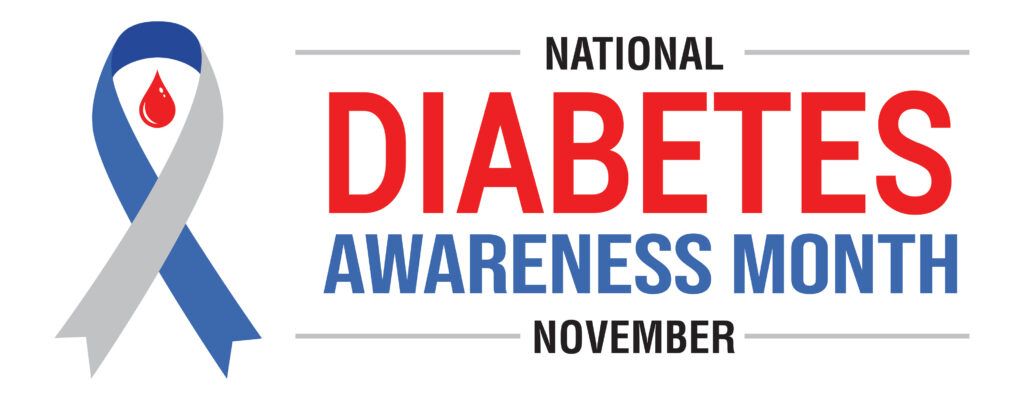Asthma and COPD: Breathing Easier with Proper Management
Trinova Medical | Articles
Asthma and Chronic Obstructive Pulmonary Disease (COPD) are two of the most common respiratory conditions affecting millions worldwide. While these diseases can significantly impact quality of life, proper management can lead to better breathing and improved overall health.
This article explores the intricacies of asthma and COPD, offering insights into their causes, symptoms, and most importantly, effective management strategies.
Key Takeaways
- Asthma and COPD are distinct but sometimes overlapping respiratory conditions
- Both diseases involve airway inflammation and obstruction, leading to breathing difficulties
- Early diagnosis and proper management are crucial for maintaining quality of life
- Treatment typically involves a combination of medications and lifestyle changes
- Regular check-ups and adherence to treatment plans are essential for optimal control
- Environmental factors play a significant role in both triggering and managing these conditions
- With proper care, most patients can lead active, fulfilling lives despite their diagnosis
Understanding Asthma
What is Asthma?
Asthma is a chronic respiratory condition characterized by inflammation and narrowing of the airways. This inflammation makes the airways hypersensitive, leading to recurrent episodes of wheezing, breathlessness, chest tightness, and coughing, particularly at night or in the early morning.
Causes and Triggers of Asthma:
The exact cause of asthma is unknown, but it's believed to result from a combination of genetic and environmental factors.
Common triggers include:
- Allergens (e.g., pollen, dust mites, animal dander)
- Respiratory infections
- Physical activity
- Cold air
- Air pollutants and irritants
- Stress and strong emotions
- Certain medications
- Symptoms and Diagnosis of Asthma
- Symptoms of asthma can vary from person to person and may include:
- Shortness of breath
- Chest tightness or pain
- Wheezing when exhaling
- Trouble sleeping due to shortness of breath, coughing, or wheezing
- Coughing or wheezing attacks worsened by respiratory viruses
Diagnosis typically involves:
- Physical examination
- Detailed medical history
- Lung function tests (spirometry)
- Additional tests such as allergy testing or chest X-rays
Diving into COPD
What is COPD?
Chronic Obstructive Pulmonary Disease (COPD) is a progressive lung disease that makes it hard to breathe. It encompasses two main conditions: emphysema and chronic bronchitis. COPD causes airflow blockage and breathing-related problems due to airway inflammation and destruction of lung tissue.
Causes and Risk Factors of COPD
- Unlike asthma, the primary cause of COPD is known:
- Tobacco smoking (primary cause)
- Long-term exposure to other lung irritants, such as air pollution, chemical fumes, or dust
- Alpha-1 antitrypsin deficiency (a rare genetic condition)
Risk factors include:
- Age (typically affects people 40 years and older)
- Genetics
- History of childhood respiratory infections
- Socioeconomic status
Symptoms and Diagnosis of COPD:
- COPD symptoms often don't appear until significant lung damage has occurred. They include:
- Shortness of breath, especially during physical activities
- Wheezing
- Chest tightness
- Chronic cough, often with mucus
- Frequent respiratory infections
- Lack of energy
- Unintended weight loss (in later stages)
Diagnosis typically involves:
- Review of symptoms and medical history
- Physical examination
- Spirometry (primary test for COPD)
- Imaging tests (chest X-ray or CT scan)
- Arterial blood gas analysis
Asthma-COPD Overlap Syndrome (ACOS)
Some individuals exhibit characteristics of both asthma and COPD, a condition known as Asthma-COPD Overlap Syndrome (ACOS). This overlap can complicate diagnosis and treatment, requiring a tailored approach to management.
Key features of ACOS include:
- Persistent airflow limitation
- Symptoms characteristic of both asthma and COPD
- Significant variability in airflow limitation
- Patients with ACOS often experience more frequent exacerbations and a poorer quality of life compared to those with asthma or COPD alone.
Management Strategies
Medications:
For Asthma:
- Quick-relief medications (short-acting beta-agonists)
- Long-term control medications (inhaled corticosteroids, long-acting beta-agonists)
- Biologics for severe asthma
For COPD:
- Bronchodilators (short-acting and long-acting)
- Inhaled corticosteroids (for frequent exacerbations)
- Phosphodiesterase-4 inhibitors
- Antibiotics and oral corticosteroids for exacerbationsSome individuals exhibit characteristics of both asthma and COPD, a condition known as Asthma-COPD Overlap Syndrome (ACOS). This overlap can complicate diagnosis and treatment, requiring a tailored approach to management.
Lifestyle Modification:
- Smoking cessation (crucial for COPD patients)
- Regular exercise appropriate to individual capacity
- Maintaining a healthy weight
- Avoiding triggers and air pollutants
- Getting vaccinated against flu and pneumonia
Pulmonary Rehabilitation:
Pulmonary rehabilitation programs can significantly improve quality of life for both asthma and COPD patients. These programs typically include:
- Exercise training
- Nutritional counseling
- Education on your condition and how to manage it
- Breathing strategies
- Psychological support
Living with Asthma and COPD
Creating an Action Plan
Developing a written action plan with your healthcare provider is crucial. This plan should outline:
- Daily treatment
- How to recognize and handle worsening symptoms
- When to seek emergency care
- Monitoring Your Condition
- Regular monitoring helps in maintaining control over asthma and COPD:
- Use a peak flow meter (for asthma)
- Keep track of symptoms and triggers
- Attend regular check-ups with your healthcare provider
The Role of Technology in Management
Advancements in technology have introduced new tools for managing asthma and COPD:
- Smart inhalers that track usage and technique
- Mobile apps for monitoring symptoms and medication adherence
- Wearable devices that measure respiratory parameters
- Telemedicine for remote consultations and monitoring
- These technologies can improve treatment adherence and provide valuable data to healthcare providers for better management.
____
Conclusion
While asthma and COPD present significant challenges, proper management can dramatically improve quality of life. By understanding your condition, adhering to treatment plans, making necessary lifestyle changes, and leveraging available resources and technologies, you can effectively manage your symptoms and lead an active, fulfilling life. Remember, your healthcare team is your partner in this journey – regular communication and follow-ups are key to optimal management.
___
Trinova Medical
provides patient-focused primary care in Pensacola, FL, featuring coordinated care teams, convenient scheduling, and round-the-clock provider access for all your healthcare needs. Our specialized
Trinova 65+
program offers seniors comprehensive medication management, dedicated care coordination, and personalized health assessments designed specifically for older adults. We're committed to listening, caring, and partnering with you on your health journey. Call
(850) 848-9500 for more information.
Disclaimer: The content on this blog is intended for informational and educational purposes only. It should not be used as a substitute for professional medical advice. Always consult with your healthcare provider regarding any health-related questions or concerns.
Recommended Post:





